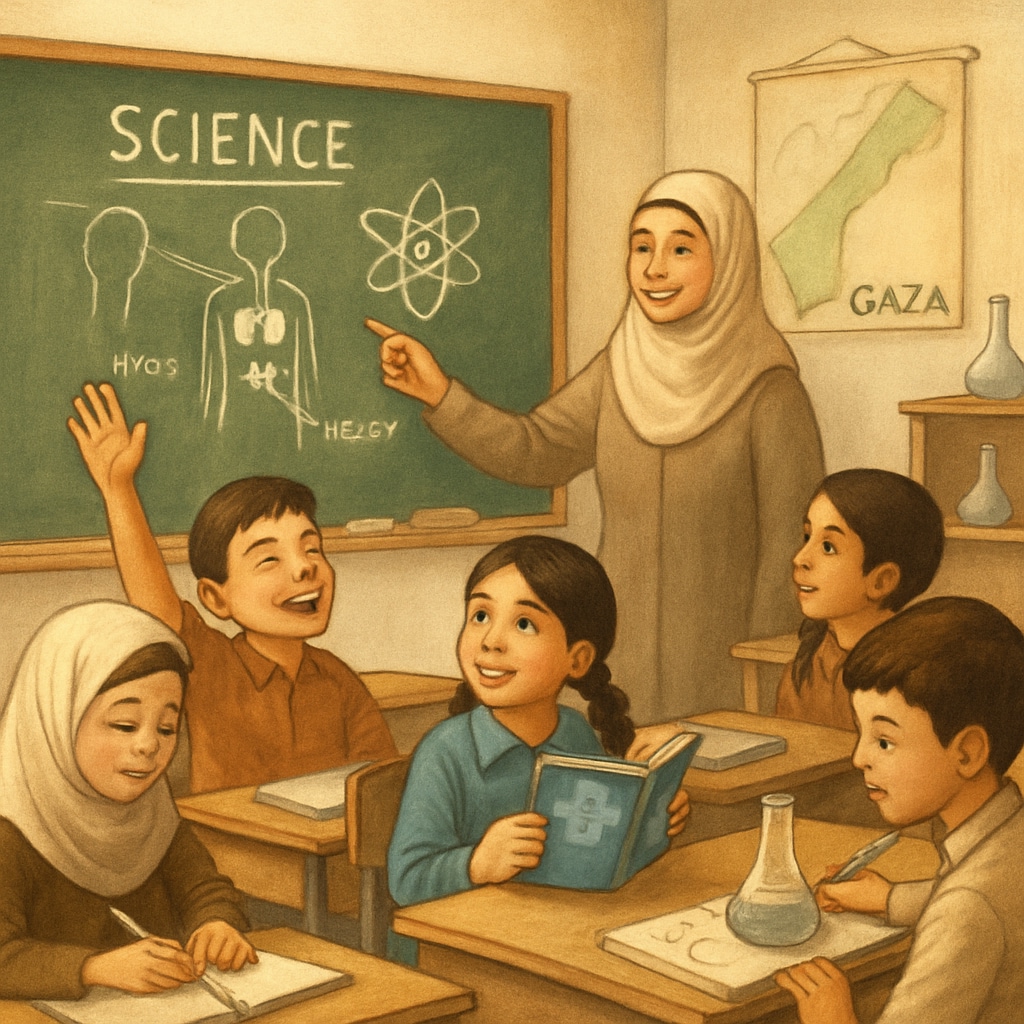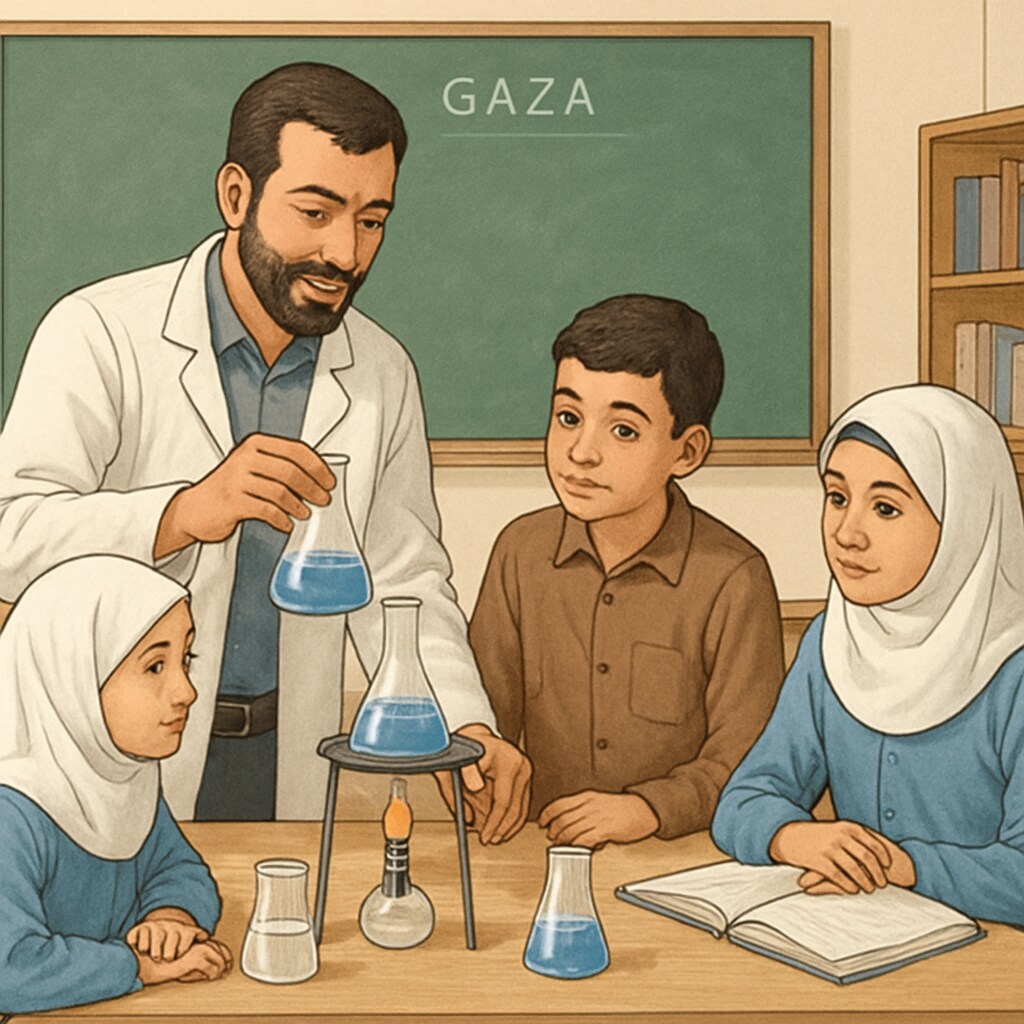In the aftermath of conflict, the need for a comprehensive education system becomes more critical than ever. For Gaza schools, developing a robust science and social studies curriculum is essential to not only rebuild the education infrastructure but also to foster a sense of hope and stability among students. Education plays a pivotal role in restoring normalcy and advancing long-term peace and development in such conflict-affected regions.
The Role of Education in Conflict Recovery
Education is more than just classroom learning; it is a stabilizing force in communities affected by conflict. In Gaza, schools serve as safe spaces for children, offering a sense of routine and hope. Science and social studies, in particular, are vital areas of focus as they provide students with foundational knowledge to understand the world and their role in it. For example, science education helps develop critical thinking and problem-solving skills, while social studies encourage empathy, historical awareness, and civic responsibility.
According to UNESCO, education in post-conflict areas can facilitate social cohesion by promoting inclusivity and reducing inequalities. However, the challenges of rebuilding Gaza’s education system are immense, including damaged infrastructure, limited resources, and the psychological trauma faced by students and teachers alike.

Key Components of a Science and Social Studies Curriculum for Gaza
When designing curricula for Gaza schools, it is important to address both immediate needs and long-term goals. Below are the key components to consider:
- Contextual Relevance: The curriculum should reflect the local context, incorporating real-world examples that resonate with students’ experiences.
- Peace Education: Social studies should emphasize conflict resolution, tolerance, and the importance of peaceful coexistence.
- Practical Science: Science education should be hands-on, integrating experiments and environmental studies to engage students actively.
- Trauma-Informed Approaches: Both subjects should include strategies to support students’ emotional well-being, acknowledging the psychological impact of conflict.
For example, a science project on water purification could not only teach valuable skills but also address local environmental challenges. Similarly, a social studies lesson on global cooperation could inspire students to envision a more peaceful future.

Challenges and Solutions in Implementing Curricula
Implementing a new curriculum in Gaza schools faces several barriers, including limited teacher training, lack of resources, and ongoing security concerns. However, these challenges can be mitigated through innovative solutions:
- Teacher Training: Providing specialized training programs to prepare educators for trauma-informed teaching and new pedagogical methods.
- Community Involvement: Engaging parents and local leaders in the educational process to ensure alignment with cultural and community values.
- Global Partnerships: Collaborating with international organizations such as the United Nations to secure funding and resources for schools.
- Technology Integration: Leveraging online resources and digital tools to enhance learning in resource-limited environments.
Overcoming these obstacles requires a concerted effort from educators, policymakers, and the international community. By investing in education, Gaza can lay the groundwork for a more stable and prosperous future.
Looking Ahead: Education as a Foundation for Peace
Ultimately, the success of rebuilding Gaza’s education system will depend on its ability to inspire hope and resilience among students. A well-designed science and social studies curriculum can empower the next generation with the knowledge and skills to rebuild their communities and strive for peace. By addressing the unique challenges faced by Gaza schools, this approach can serve as a model for other conflict-affected regions around the world.
Education is not just a tool for learning; it is a beacon of hope in times of despair. For Gaza, investing in science and social studies curricula is a step toward rebuilding not only schools but also the dreams and aspirations of its children.
Readability guidance: This article uses clear language, short sentences, and structured sections to enhance readability. Lists and examples are included to summarize key points effectively, and transitional words connect ideas seamlessly. Passive voice is minimized, and paragraphs remain concise.


